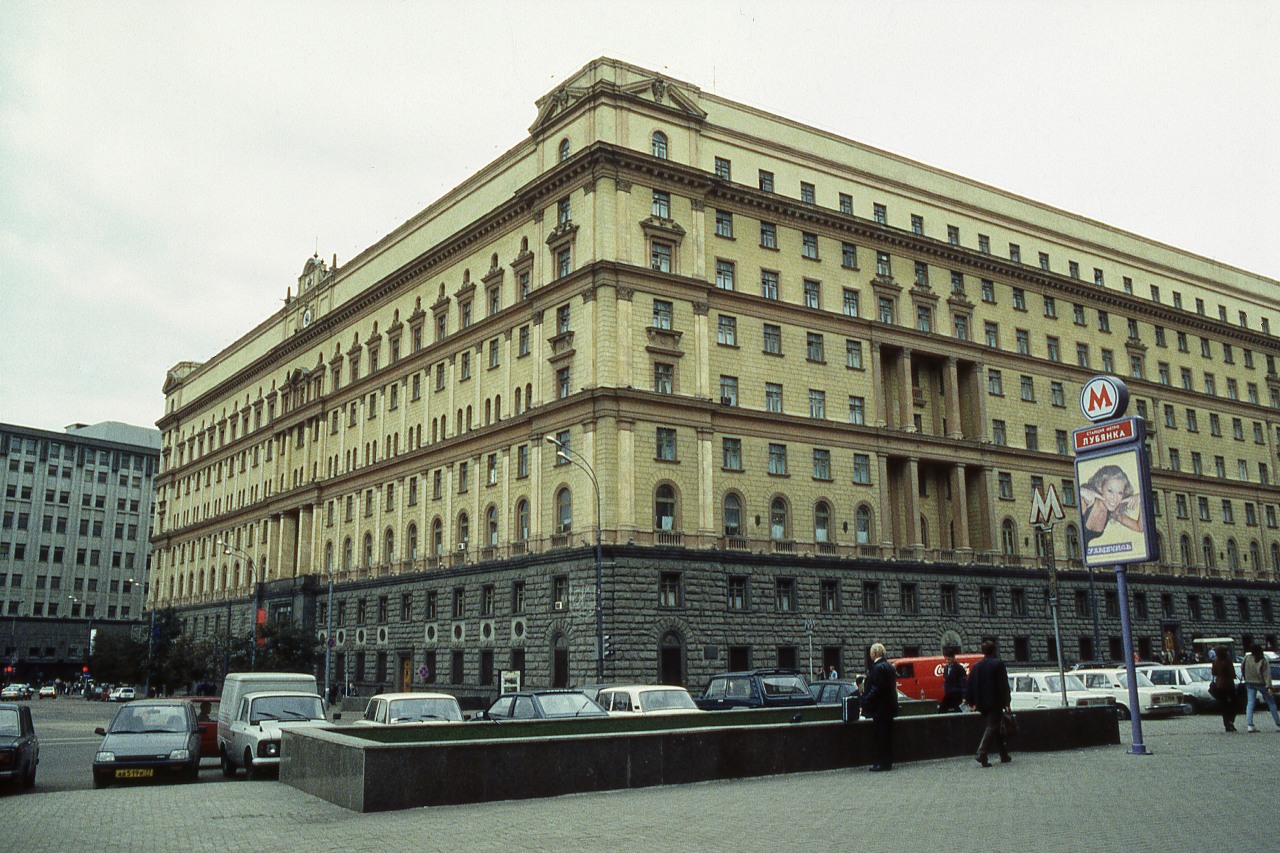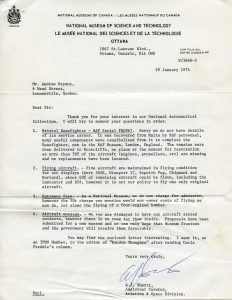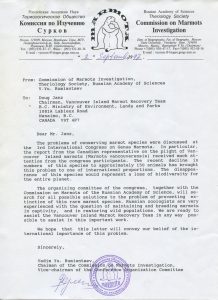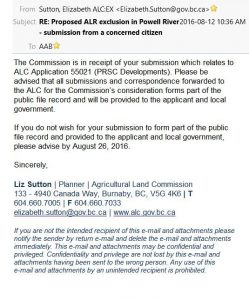
It would appear that I’ve been writing to elected representatives and government officials for years…
…eliciting various levels of responsiveness.
What have I learned?
Here goes:
The National Museum of Science and Technology

The letter at left is dated 29 Jan 1974. Since I was born in March 1960, the initial “query-from-a-concerned-citizen” to which this refers was sent by a 13 year-old – a fact that surprises even me. The primary object of my attention was Bristol Beaufighter RD867, which you can learn more about from the photos at right.
Sadly I didn’t keep a copy of my letter, but I remember mom setting me up with the typewriter, and dad helping me to find out where to send it.
I remember how upset I was when I first saw that aircraft in the flesh. It’s an endangered species, you see. A bunch of Canadians died flying it. Of 5,900+ beaufighters built during WWII, only a handful remain – and I was deeply concerned about the future of this one.
The Russian Academy of Sciences

Fast forward a lifetime, during which my life changed because I became interested in another endangered species – the Vancouver Island marmot.
In 1997 I had the opportunity to visit Russia. I was invited to meet with the Minister of Interior, at his request…in the Lubyanka of all places.
Thus I returned home with another letter, dated 2 September 1997, that described the plight of marmots as one of “international importance”. This letter had the effect of kicking things up a notch.
MacMillan Bloedel Ltd donated a cool $1 million, and Timberwest followed. BC and Federal governments joined the party, matching funds and making public commitments to marmots, and to science.
And true to their word, my Russian colleagues provided useful suggestions for breeding marmots, which I believe ultimately prevented the extinction of a species.
And then Canada seemingly entered a strange, Alice in Wonderland period, choosing to elect leaders who neither led nor listened, and hiring civil servants who seemingly do not appreciate the “service” part of that phrase. Perhaps they’re just overworked.
The Provincial Agricultural Land Commission

I know of 2 other people who received exactly the same response on the same day – and there were likely more.
Given the purpose of this website, a more pertinent example of “responsiveness” relates to the Agricultural Land Reserve (ALR) – and more specifically, to the current application to exclude land from it to facilitate development of Sino Bright private school.
I wrote to the Land Commission on 4 July 2016. Here’s my letter. The footnotes in it are the very reason for my last three posts here.
I wrote again on the 15th, requesting details about the 2007 Decision that was missing from the ALC website, and mentioning the illegal road on the ALR. Finally I picked up the phone, leaving a detailed message on the 17th.
Eventually I did receive a response – of sorts.
I refrained from replying that “yes, I understand that my submission will now become part of the public record – and that’s why I wrote it”.
The Municipality of Powell River

Last, but not least, is the letter I crafted to the Mayor and Council of Powell River. It wasn’t just a letter; it was a proposal. In support of it, I also made a powerpoint presentation as a “Delegation” to City Council on 16 July 2015.
My pitch was simple: I was asking for money to:
- map forests within the Municipality, and estimate forest stand age and habitat characteristics using remote sensing (Landsat) imagery, archival photographs, and historical records.
- document the legal status of forests, including current and historical ownership.
- make the data publicly, freely and permanently available via the internet.
Anyway, last I heard, my proposal is still awaiting a recommendation by staff. Me? I just went ahead and started doing the work.
Hmmm.
This idea of writing to elected representatives or civil servants in the reasonable expectation of responsiveness – i.e., a considered, thoughtful reply – has this idea become outdated?
Or have I just lost my touch?

